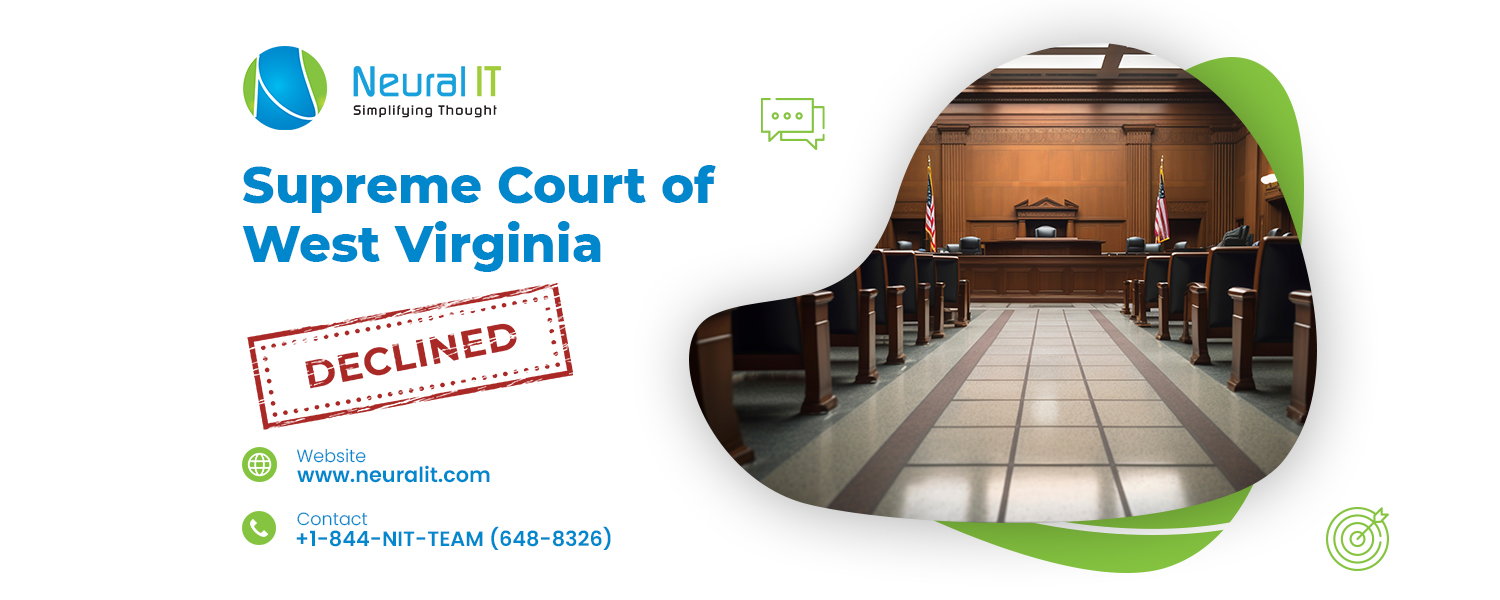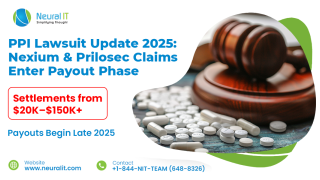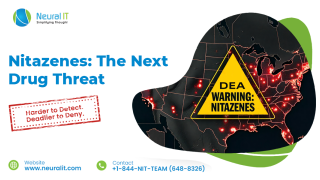WV Court Won't Rule if Opioid Distribution is Nuisance
WV Court Won't Rule if Opioid Distribution is Nuisance

Introduction
The Supreme Court of West Virginia has declined to answer a key legal question posed by a federal appeals court regarding whether opioid distribution can constitute a public nuisance under state law.
The decision sends the case back to the 4th U.S. Circuit Court of Appeals in Richmond, Virginia, prolonging an already lengthy legal battle.
Background of the Case
The case stems from a landmark lawsuit brought by Cabell County and the city of Huntington, West Virginia, against three major U.S. pharmaceutical distributors: AmerisourceBergen Drug Co., Cardinal Health Inc., and McKesson Corp. The plaintiffs accused the companies of contributing to a devastating public health crisis by distributing more than 81 million opioid pills over an eight-year period in the county. They argued that the companies failed to take action despite clear signs of widespread addiction and overdose within the region.
Initial Federal Ruling and Appeal
Nearly three years ago, a federal judge in Charleston ruled in favor of the distributors, stating that West Virginia's public nuisance law traditionally applied only to conduct that interferes with public property or resources. The judge determined that expanding the law to cover the marketing and sale of prescription opioids would conflict with its historical and legal context.
The plaintiffs appealed the decision, prompting the 4th Circuit Court to send a certified question to the West Virginia Supreme Court in 2023. The question asked whether the distribution of controlled substances can create the conditions necessary for a public nuisance claim under West Virginia common law and, if so, what the legal elements of such a claim would be.
State Supreme Court Declines to Weigh In
In a 3-2 decision, the West Virginia Supreme Court declined to provide an answer. This refusal means the case will return to the federal appeals court for further proceedings. Had the state court affirmed that opioid distribution could legally be classified as a public nuisance, the matter would have gone back to the 4th Circuit for additional review. A ruling to the contrary could have ended the appeal entirely.
The majority of justices chose not to intervene, with one justice — who is set to retire next month — issuing a separate opinion. Chief Justice and a circuit judge, both serving temporarily due to recusals, dissented from the majority's decision.
Reactions from Plaintiffs and Defendants
Attorneys for Cabell County and Huntington expressed disappointment at the court's refusal to weigh in. One lawyer stated, “The fight isn’t over. There’s still a long way to go. We continue on our path to seek justice.” He added that the appeals court will now need to address a combination of legal and factual concerns.
A spokesperson for Cardinal Health declined to comment on the ruling, and AmerisourceBergen and McKesson did not immediately respond to requests for comment. During oral arguments earlier this year, an attorney for the defendant companies criticized the plaintiffs' arguments as “radical” and warned that recognizing such claims could trigger a wave of “activist litigation.”
Broader Legal Landscape
This case is part of a broader wave of litigation involving thousands of state and local governments that have sued pharmaceutical companies over their role in the opioid crisis. While many cases have been settled — with nationwide deals potentially totaling over $50 billion — outcomes in trials have varied widely.
Interestingly, West Virginia’s Mass Litigation Panel had previously concluded in several cases that opioid distribution could support a public nuisance claim under state common law, adding complexity to the legal landscape.
Local Impact and Relief Sought
In 2021, Cabell County — a community of about 93,000 residents along the Ohio River — experienced 1,059 emergency calls related to suspected overdoses and at least 162 overdose deaths. The plaintiffs had sought more than $2.5 billion in damages to fund 15 years of opioid use prevention, education, and treatment programs.
As the legal process continues, the ultimate resolution of the case remains uncertain, leaving many in the community awaiting justice and accountability.




